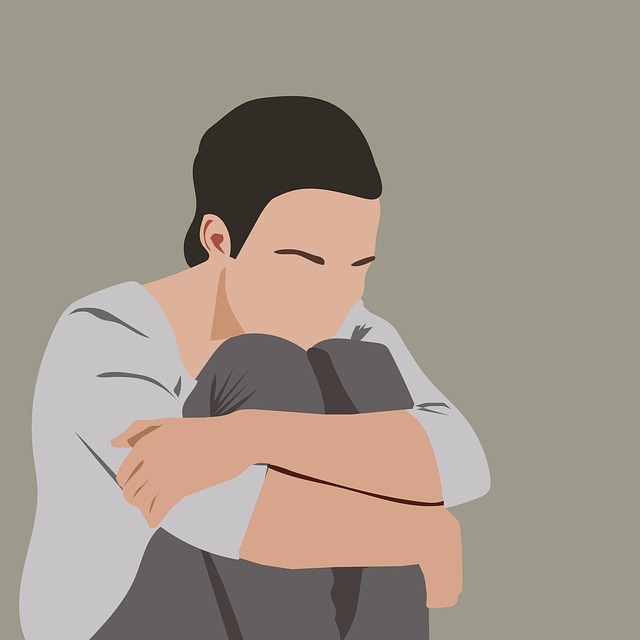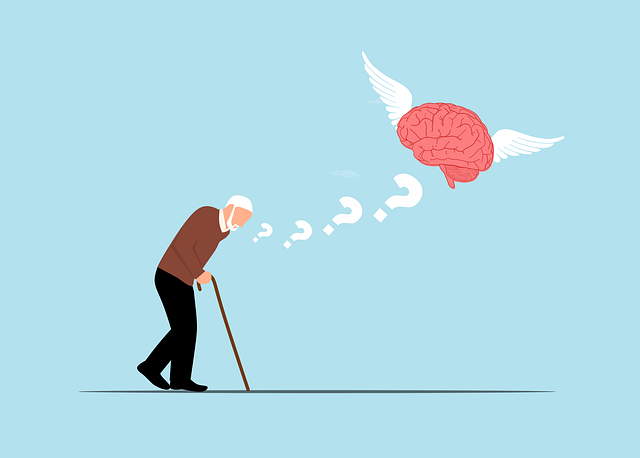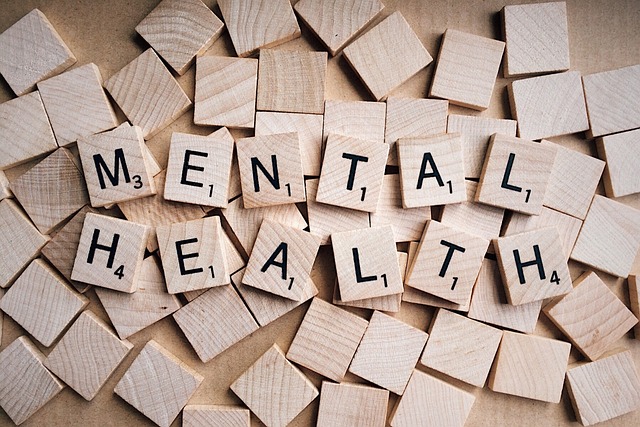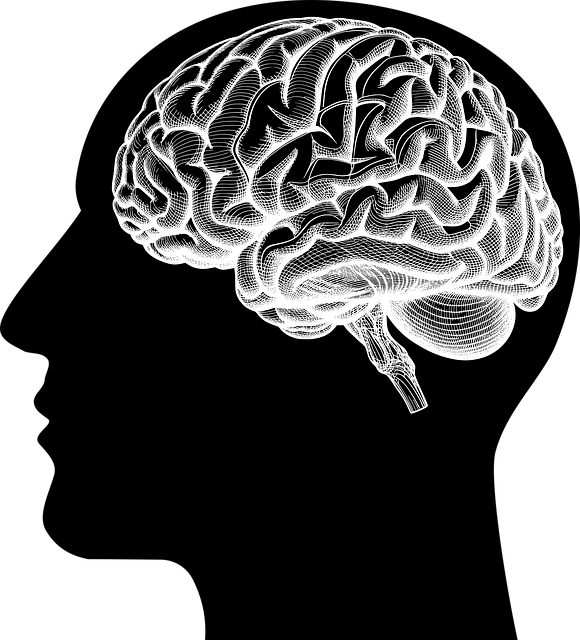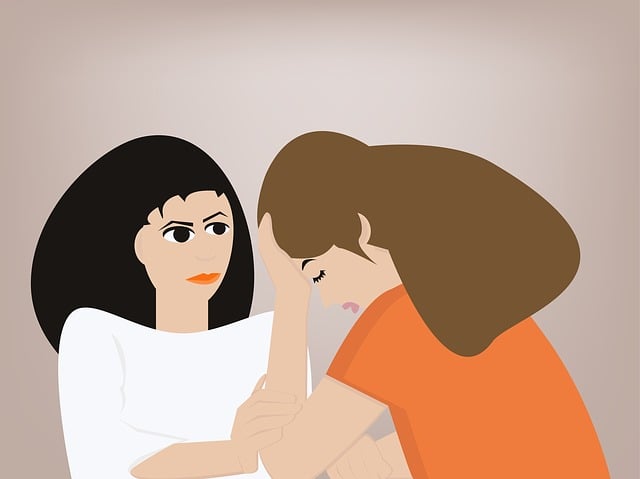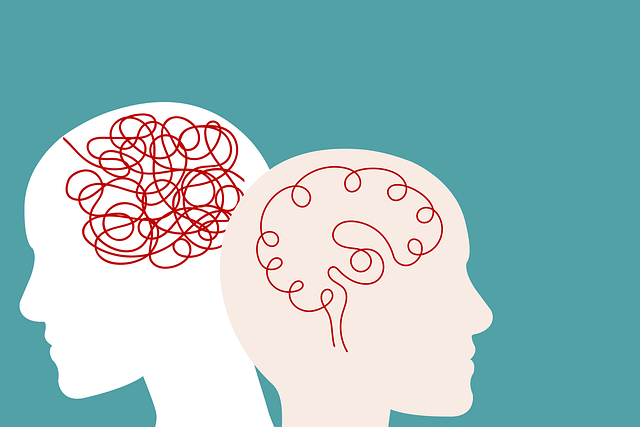Superior Panic Disorder (SPD) and anxiety attacks are intense fear episodes with physical symptoms, triggered by stress or environments. Mindfulness meditation and self-care enhance mind-body connection, empowering individuals to manage SPD and improve therapy outcomes. Mental health professionals play a crucial role in crisis intervention, using emotional intelligence and compassion cultivation for stabilization. Post-crisis care, including tailored support, structured programs, and stigma reduction, is vital for long-term emotional healing through Superior Panic Disorder and Anxiety Attacks Therapy. Practices like mindfulness, cognitive-behavioral strategies, and support groups contribute to positive recovery outcomes.
In the face of Superior Panic Disorder (SPD) and anxiety attacks, effective crisis intervention is paramount. This comprehensive guide delves into both immediate support techniques and long-term recovery strategies, offering crucial insights for professionals and caregivers. Understanding SPD’s symptoms and triggers is essential for successful intervention. Learn direct crisis intervention methods to provide instant solace. Additionally, explore post-crisis care strategies tailored for optimal recovery, ensuring individuals affected by SPD and anxiety attacks find lasting relief through therapy.
- Understanding Superior Panic Disorder and Anxiety Attacks: Symptoms and Triggers
- Direct Crisis Intervention Techniques for Immediate Support
- Post-Crisis Care and Recovery Strategies: Long-Term Guidance
Understanding Superior Panic Disorder and Anxiety Attacks: Symptoms and Triggers

Superior Panic Disorder (SPD) and Anxiety Attacks are intense and sudden episodes characterized by overwhelming fear and physical symptoms. Recognizing the symptoms is crucial for effective therapy. Individuals experiencing SPD might suffer from palpitations, rapid heartbeat, sweating, trembling, shortness of breath, and a feeling of losing control or impending doom. These attacks can be triggered by various factors, such as stress, specific environments, or even unprovoked. Understanding triggers is essential for managing SPD effectively.
The connection between mind and body plays a significant role in both the onset and alleviation of Anxiety Attacks. Practices like Mindfulness Meditation have been shown to help individuals gain better control over their responses to triggers, thereby reducing the frequency and intensity of attacks. Promoting Mental Wellness through Self-Care Practices can empower individuals to proactively manage stress and anxiety, which is particularly beneficial for those struggling with SPD.
Direct Crisis Intervention Techniques for Immediate Support

In direct crisis intervention techniques, mental health professionals play a pivotal role in offering immediate support to individuals experiencing intense emotional distress or a Superior Panic Disorder and Anxiety Attacks Therapy. The goal is to stabilize the person and prevent further deterioration while creating a safe space for them to process their feelings. One effective method involves using emotional intelligence to read and respond to non-verbal cues, which can be crucial in high-stress situations. Professionals are trained to cultivate compassion, employing empathetic statements and active listening to make the individual feel understood and less alone during their struggle.
Risk management planning for mental health professionals is essential to ensure they can handle these crises effectively while safeguarding their own well-being. This includes strategies such as setting boundaries, knowing when to escalate care, and utilizing de-escalation techniques. By integrating compassion cultivation practices into their toolkits, professionals can foster a sense of safety and trust, enhancing the overall efficacy of crisis intervention strategies.
Post-Crisis Care and Recovery Strategies: Long-Term Guidance

Post-crisis care and recovery are essential components of effective crisis intervention strategies. Following a traumatic event, individuals often experience a range of emotional and psychological responses that can significantly impact their long-term well-being. Superior Panic Disorder and Anxiety Attacks Therapy plays a pivotal role in helping individuals navigate these challenges. This type of therapy focuses on providing tailored support to foster resilience and promote healing.
Through structured programs and individualized guidance, Mental Illness Stigma Reduction Efforts can be integrated into post-crisis care. Emotional Well-being Promotion Techniques, such as mindfulness practices and cognitive-behavioral strategies, are instrumental in managing anxiety and improving overall mental health. Additionally, Confidence Boosting activities and support groups contribute to a positive recovery trajectory, ensuring individuals feel empowered to rebuild their lives and thrive despite the crisis they’ve experienced.
In addressing Superior Panic Disorder and Anxiety Attacks, a multifaceted approach is crucial. While direct crisis intervention techniques provide immediate support, understanding symptoms and triggers is fundamental for long-term management. Post-crisis care strategies enhance recovery, emphasizing the importance of ongoing therapy and self-care practices. By integrating these components, individuals can navigate their journey towards resilience and improved mental well-being.
